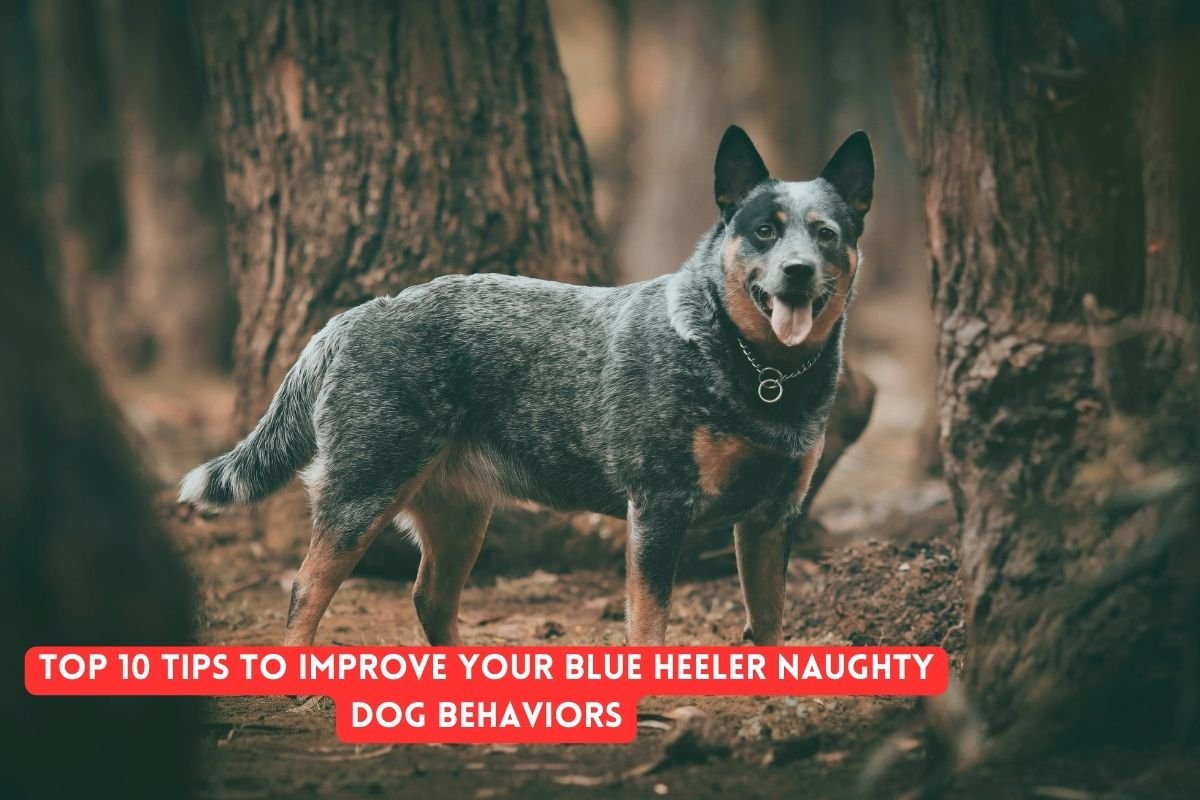Addressing naughty behaviors in dogs is essential for a harmonious relationship between pet and owner. It’s not uncommon for dogs to exhibit behaviors like excessive barking, jumping, or chewing, but with the right approach, these can be managed effectively.
Consistent Training Regimen
Consistency is key when it comes to training your dog. Establish clear rules and stick to them. Use positive reinforcement techniques such as treats and praise to encourage desired behaviors.
Exercise and Mental Stimulation
A tired dog is less likely to engage in naughty behaviors. Ensure your dog gets enough physical exercise and mental stimulation through activities like walks, puzzle toys, and training sessions.
Proper Socialization
Exposing your dog to different environments, people, and other animals from a young age can prevent behavioral issues later on. Socialization helps dogs feel more comfortable and confident in various situations.
Addressing Anxiety and Stress
Anxiety and stress can manifest in naughty behaviors. Identify the triggers and provide a safe and comforting environment for your dog. Consider using calming techniques or consulting with a professional if needed.
Redirecting Negative Behaviors
Instead of scolding or punishing your dog for naughty behaviors, redirect their attention to more appropriate activities. For example, if your dog is chewing on furniture, offer them a chew toy as an alternative.
Setting Boundaries
Establish clear boundaries within your home to prevent unwanted behaviors. Use baby gates or crates to limit access to certain areas and provide structure for your dog.
Consistent Routine
Dogs thrive on routine. Establish a consistent daily schedule for feeding, walks, playtime, and rest. Predictability helps reduce anxiety and encourages good behavior.
Obedience Training Classes
Enroll your dog in obedience training classes to reinforce basic commands and improve communication between you and your pet. Professional trainers can provide valuable guidance and support.
Supervision and Monitoring
Keep a close eye on your dog, especially in situations where naughty behaviors are more likely to occur. Supervision allows you to intervene quickly and redirect behavior as needed.
Patience and Persistence
Addressing naughty behaviors takes time and patience. Be persistent in your training efforts and remain calm and consistent, even in challenging situations. With dedication, you can see significant improvements in your dog’s behavior over time.
Conclusion
By implementing these top 10 tips, you can effectively improve your naughty dog’s behaviors and strengthen the bond between you and your pet. Remember to be patient, consistent, and compassionate throughout the training process, and you’ll enjoy a well-behaved and happy canine companion.
FAQs
How long does it take to see improvements in my dog’s behavior?
The timeline for behavior improvement varies depending on the dog and the specific behaviors being addressed. With consistent training and patience, you can expect to see progress within a few weeks to a few months.
Is punishment effective for correcting naughty behaviors in dogs?
Punishment can sometimes suppress behaviors temporarily, but it’s not an effective long-term solution. Positive reinforcement techniques are generally more successful in modifying behavior without causing fear or aggression.
Can older dogs learn new behaviors?
Yes, dogs of all ages can learn new behaviors through proper training and reinforcement. While it may take more time and patience with older dogs, they are still capable of adapting and changing their behavior.
Should I seek professional help for my dog’s behavior issues?
If you’re struggling to address your dog’s naughty behaviors on your own, or if the behaviors are causing significant stress or safety concerns, it’s wise to consult with a professional dog trainer or behaviorist for personalized guidance and support.
Can genetics play a role in a dog’s behavior?
Yes, genetics can influence a dog’s temperament and behavior to some extent. However, proper training, socialization, and environmental factors also play significant roles in shaping a dog’s behavior and personality.
